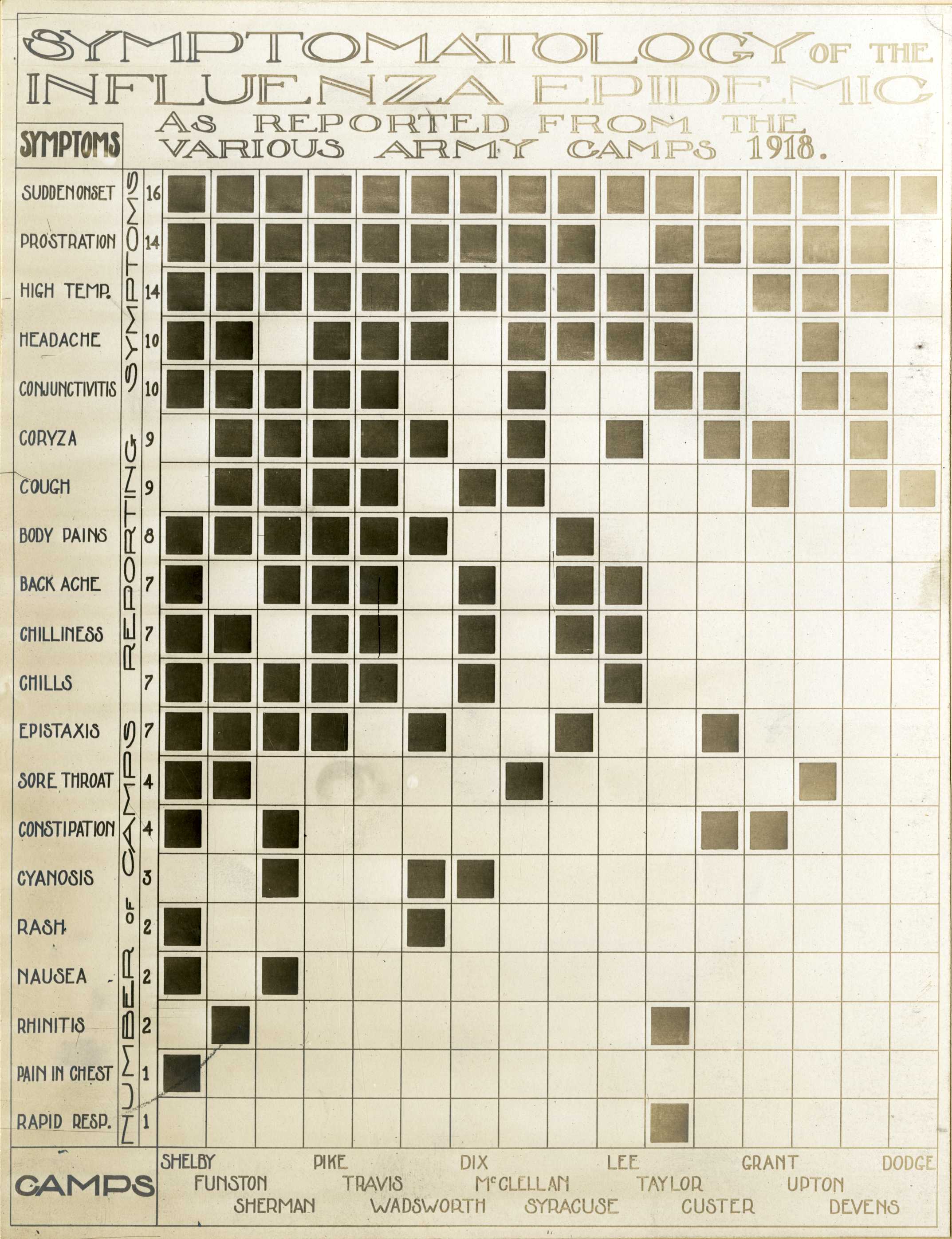
Photo from academic.microsoft.com
OBJECTIVES To identify uses of WHO Model list of essential medicines (EMs) and summarize studies examining EM and national EM lists (NEMLs). STUDY DESIGN AND SETTING In this scoping review,… Click to show full abstract
OBJECTIVES To identify uses of WHO Model list of essential medicines (EMs) and summarize studies examining EM and national EM lists (NEMLs). STUDY DESIGN AND SETTING In this scoping review, we searched PubMed, Scopus, WHO website and WHO Regional Databases for studies on NEMLs, reimbursement medicines lists, and WHO EML, with no date or language restrictions. RESULTS Three thousand one hundred forty-four retrieved documents were independently screened by two reviewers; 100 full-text documents were analyzed; 37 contained data suitable for quantitative and qualitative analysis on EMs availability (11 documents), medicines for specific diseases (13 documents), and comparison of WHO EML and NEMLs (13 documents). From the latter, two documents analyzed the relevance of evidence from Cochrane systematic reviews for medicines that were on NEMLs but not on the WHO EML. EMs availability is still suboptimal in low-income countries. Availability of children formulations and EMs for specific diseases such as chronic, cancer, pain, and reproductive health is suboptimal even in middle-income countries. CONCLUSION WHO EML can be used as a basic set of medicines for different settings. More evidence is needed into how NEMLs can contribute to better availability of children formulations, pain, and cancer medicines in developing countries.
Journal Title: Journal of clinical epidemiology
Year Published: 2018
Link to full text (if available)
Share on Social Media: Sign Up to like & get
recommendations!